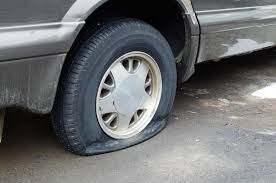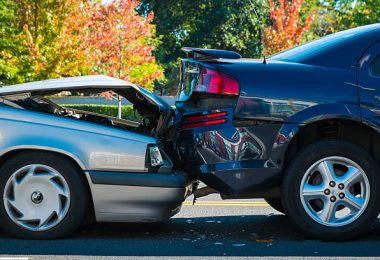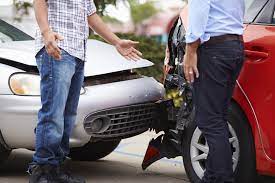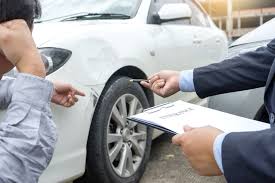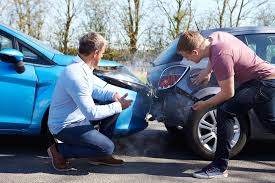
Symptoms of bad tires is such that will be given attention considering the function. Tires are very important in a vehicle. In fact it is a number one safety measures every Driver should embark. Therefore, we are going to tell you the symptoms that prove their badness. Where your tires meet the road affects traction, handling, steering, stability and braking. Tires wear over time, so it’s important to be watchful for the signs that of wear so that you can replace them before something goes wrong. A sudden tire failure can have serious consequences, especially if it occurs at highway speeds or in a vehicle with a high center of gravity, such as a truck or SUV. Doing a monthly visual check of your tires can help you spot these tire warning signs
1. Constant Check
Tires are designed with treads that provide your vehicle with traction. When the tread gets worn down, the water, snow, and other slippery substances don’t have anywhere to go except directly under your tires, severely decreasing your vehicle’s ability to maintain contact with the road. You can easily determine this by constant check.
2. Tire Life Span
Every tire has four years life span. It’s actually quite easy to work out the age of your tyres. On the sidewall of every tyre is a 10-11 digit Tyre Identification Number (TIN). This tells you a lot of information about the tyre including its week and year of manufacture. For tyres from the 1990s, the last three digits give this information, and for post-2000 tyres, it’s the last four digits. So, for example:
If the last three digits of your tyre are ‘278’ (with a triangular indentation next to them), then your tyre was manufactured in the 27th week of the year 1998. That means it celebrated its 10-year anniversary in 2008. Replace it as soon as possible.
If the last four digits read 1315, then your tyre was manufactured in week 13 of 2015. They won’t need to be replaced until 2020-21 and will be officially past their used by date in 2025.
If your tyres have a three digit code at the end of their NIT, but there is no triangular indentation next to it, then your tyres come from the 1980s. Frankly, it’s a miracle they haven’t exploded or split in half. They need to be change immediately.
3. Tread Wear Pattern Guide
There are so many different scenarios that can cause the tires on your vehicle to wear unevenly or prematurely: misalignment, underinflated tires or overinflated tires. Figuring out the cause is extremely difficult when you don’t know what to look out for.
Tread wear Patterns Guide will help you identify what might be happening with your tires and offer possible causes and solutions. The most common patterns are center wear and shoulder wear, which are caused by over inflation and underinflating, respectively. Keeping your tires properly inflated and regularly rotated can help reduce your chances of premature wear.
4. Cracks on the Sidewall
Tire damage can also appear in the sidewall. To find this, look for tracks or cuts in the sidewall. There will be grooves that are distinct enough to be visible upon first or second glance. Sidewall cracks are a sign that your tire is developing a leak. Locate Autoremedy365 for immediate replacement.
5. Swells and Wounds

If the outer surface of the tire begins to weaken, swells or wounds extending out from the tire’s surface can appear. These weak spots can cause a tire to blow out suddenly. So keep your eye on tire swells and wounds and make an appointment if you start to see anything extending off the tires’ surfaces.
6. Excessive Vibration
A certain amount of vibration is inevitable when driving, especially on bumpy roads. If you’ve been driving for a while, you probably know how much vibration you feels and how much uncomfortable you are while driving. An out-of-balance wheel will create a vibration or shake that becomes progressively worse as the vehicle’s speed increases. The vibration or shake usually starts at 40 to 50 mph and becomes more intense as you go faster. This could indicate that your tires are misaligned or unbalanced or that your shock absorbers are starting to go bad. It could also signal that there’s a problem inside the tire itself. Even if the tire isn’t the root of the problem, the vibration could damage the tire.
Properly balanced wheels can improve driver safety, reduce tire wear, increase fuel efficiency and minimize steering wheel vibration – give you a smoother, more comfortable ride. If you are experiencing a vibration in your steering wheel and/or through your seat, or if your tires have an irregular wear pattern, your tires may be out of balance. The tire professionals like Autoremedy 365 will help protect your tire investment by maintaining the balance for the lifetime of the tire.
It is recommended to replace your tires in sets of four for all vehicles but particularly important for all-wheel-drive vehicles. All four tires should be the same size, brand, tread design, construction and tread depth to prevent differences in the outer diameter of each tire. Even small differences may cause damage or mechanical malfunction.
7. Your Tires are Bald
The most obvious sign is bald tires. It is not safe to drive on bald tires. Bald tires are prone to tire failure, and not just in snowy or icy conditions. Your tires need tread to brake, corner and overall drive safely.
Read more:7 Benefit of Preventive Maintenance Strategy
8. Tread Wear Warranty
Most tires come with a tread wear warranty, guaranteeing them to last a certain amount of miles or years. When your tires have passed that warranty date, it’s a good idea to have them looked over and consider buying new tires.
9. Heel Toe Tyres
Heel-toe wear in tyres looks very similar to feathering, but it runs front to back along the tyres, not across them. If you find this wear profile on your tyres, get your car checked out – it could be the result of insufficient wheel rotations, misaligned wheels, damaged or worn suspension bushings, ball joints, or wheel bearings.
10. Use Beyond Temporary
A spare tire is great when you have a flat tire and you fix as soon as possible to continue your trip. However, driving on a spare for a long time is bad for your car. It’s meant as a temporary solution until you can buy tires. Spare tires aren’t as durable as your regular tires. They provide less traction, less cornering ability and are overall not meant for permanent use.
Read more: 12 Tips to Care for Your Car For Long Lasting

